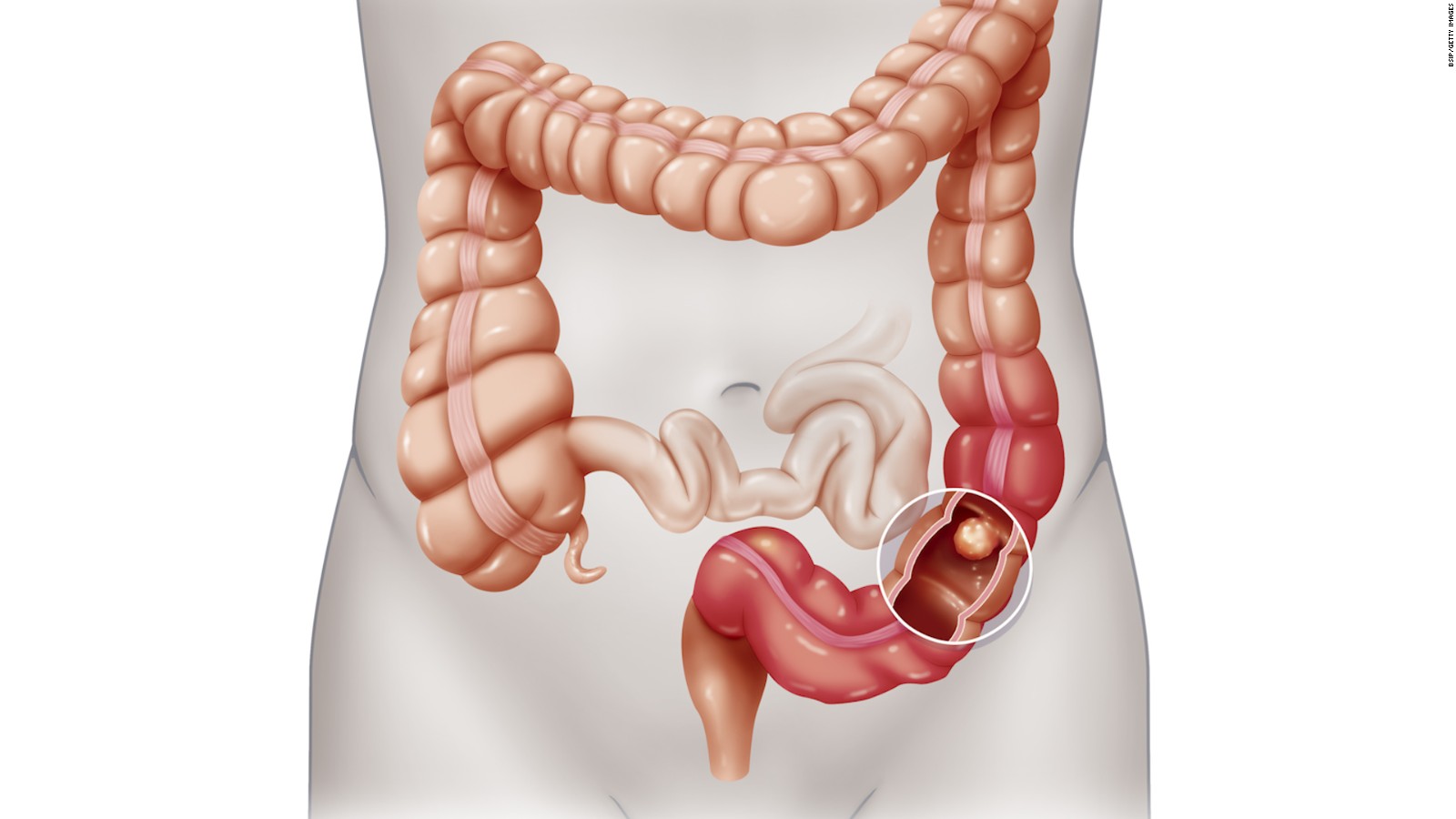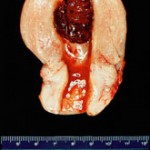
Chronic obstructive pulmonary disease (COPD) is a progressive, irreversible inflammatory disease in your lungs that makes it hard to breathe. Common symptoms include a chronic cough, wheezing, production of phlegm, shortness of breath, and a feeling of tightness in your chest, though these symptoms may not be noticeable until you’re in the later stages of the disease. COPD is not curable, but it’s a preventable and treatable illness.
COPD is characterized by the limitation of airflow that is not fully reversible. Airflow limitation in COPD is progressive. It’s associated with an abnormal inflammatory response of your lungs to noxious stimuli, like cigarette smoke, air pollution, or harsh chemicals.
Some causes of COPD include exposure to cigarette smoking, whether you smoke yourself or you’ve been exposed to secondhand smoke; occupational exposure to chemicals; indoor and outdoor air pollution; and, far less often, a genetic disorder called alpha-1-antitrypsin deficiency. People with asthma sometimes develop COPD as well.
COPD is not a death sentence, with proper treatment, it can be controlled. That said, there are factors that influence COPD life expectancy, especially your body mass index, the degree of airway obstruction, dyspnea levels, and your exercise tolerance.The best treatment for COPD if you’re a smoker is to quit as soon as possible. While this won’t reverse the damage you already have, it can help slow the progression of your COPD.
If you have risk factors for COPD or think you may have it, see your doctor as soon as possible. The earlier you begin treatment, the better your prognosis will likely be. There are things you can do to slow some of the progressive symptoms of COPD, too. The biggest and most effective is to quit smoking. Proper nutrition and daily exercise are also key to living well. With treatment and management of your symptoms, you can live the best life possible.
to know more details:- send in your queries to query@gtsmeditour.com or WhatsApp your latest medical reports to +91-9880149003.






